The saying “history repeats itself” is often associated with unfavorable occurrences. But this is definitely not the case with A. Lange & Söhne and December 7, which has marked a milestone for the brand three times now.
In 2021 A. Lange & Söhne commemorates the twentieth anniversary of the re-inauguration of its historic headquarters. For more than 150 years, the Lange Stammhaus – historic headquarters and family home – has been a landmark in Glashütte and an architectural symbol standing for the art of Saxon watchmaking.
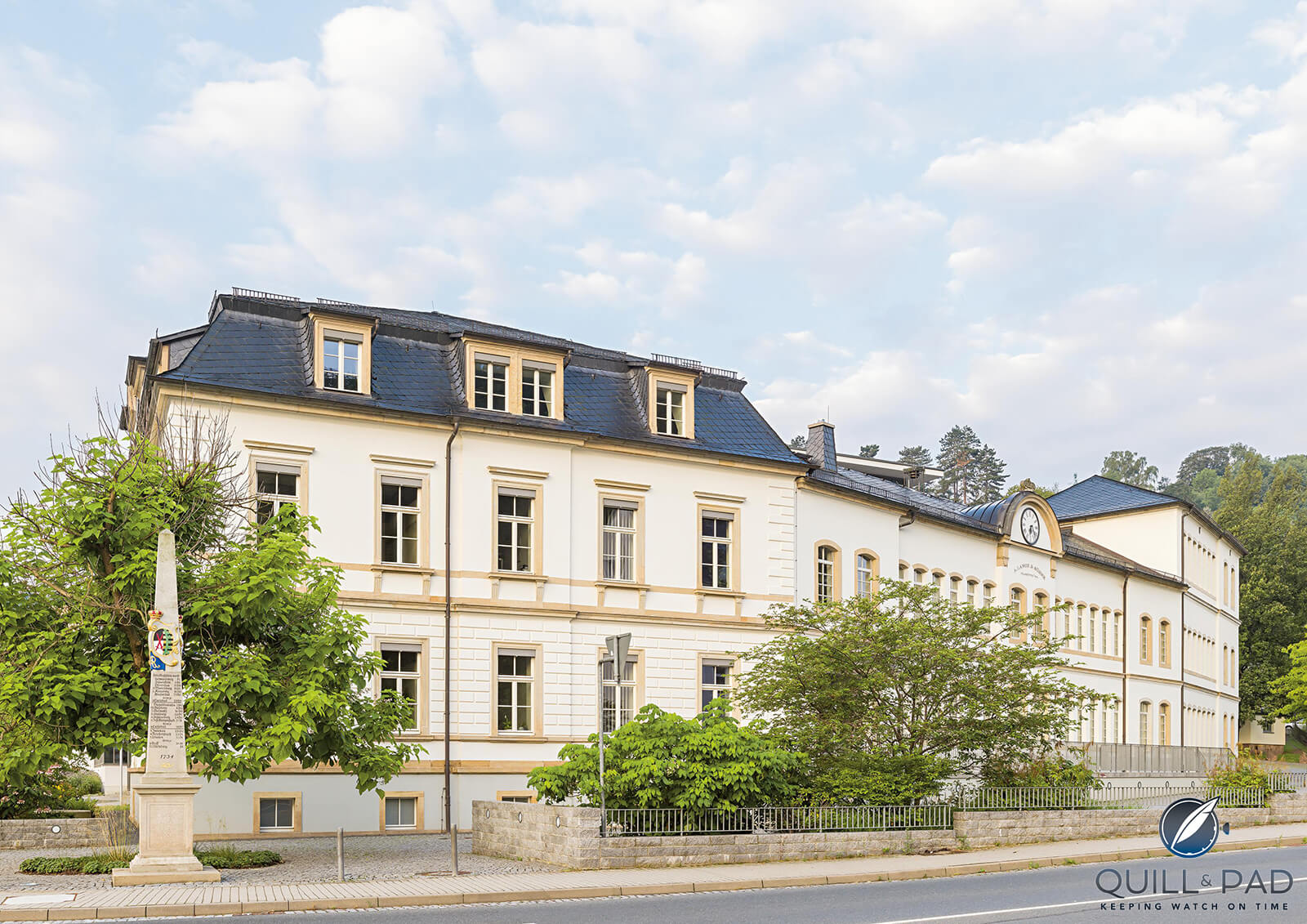
The A. Lange & Söhne Stammhaus (historic headquarters and family home) in Glashütte
The impressive Gründerzeit–era edifice, a production site built by Ferdinand Adolph Lange in 1873, was where the famous precision pocket watches of A. Lange & Söhne were manufactured until the factory was expropriated after World War II. In 1990, shortly after Germany’s reunification, Walter Lange re-founded the company of his forefathers, blazing the trail for a new heyday of Glashütte’s watch industry.
After years of difficult negotiations with the governmental Treuhandanstalt agency, who sorted out the real estate in Glashütte and elsewhere in the eastern states after reunification, Walter Lange succeeded in acquiring the ancestral building from the state of Saxony in April 2000. The official inauguration of the company headquarters took place on December 7, 2001 – the very day that both Ferdinand Adolph Lange had opened his first workshop in 1845 and Walter Lange had re-registered the company’s name in 1990. Since that time, the historic building shines in new splendor, once again the centerpiece of the company’s extensive grounds.
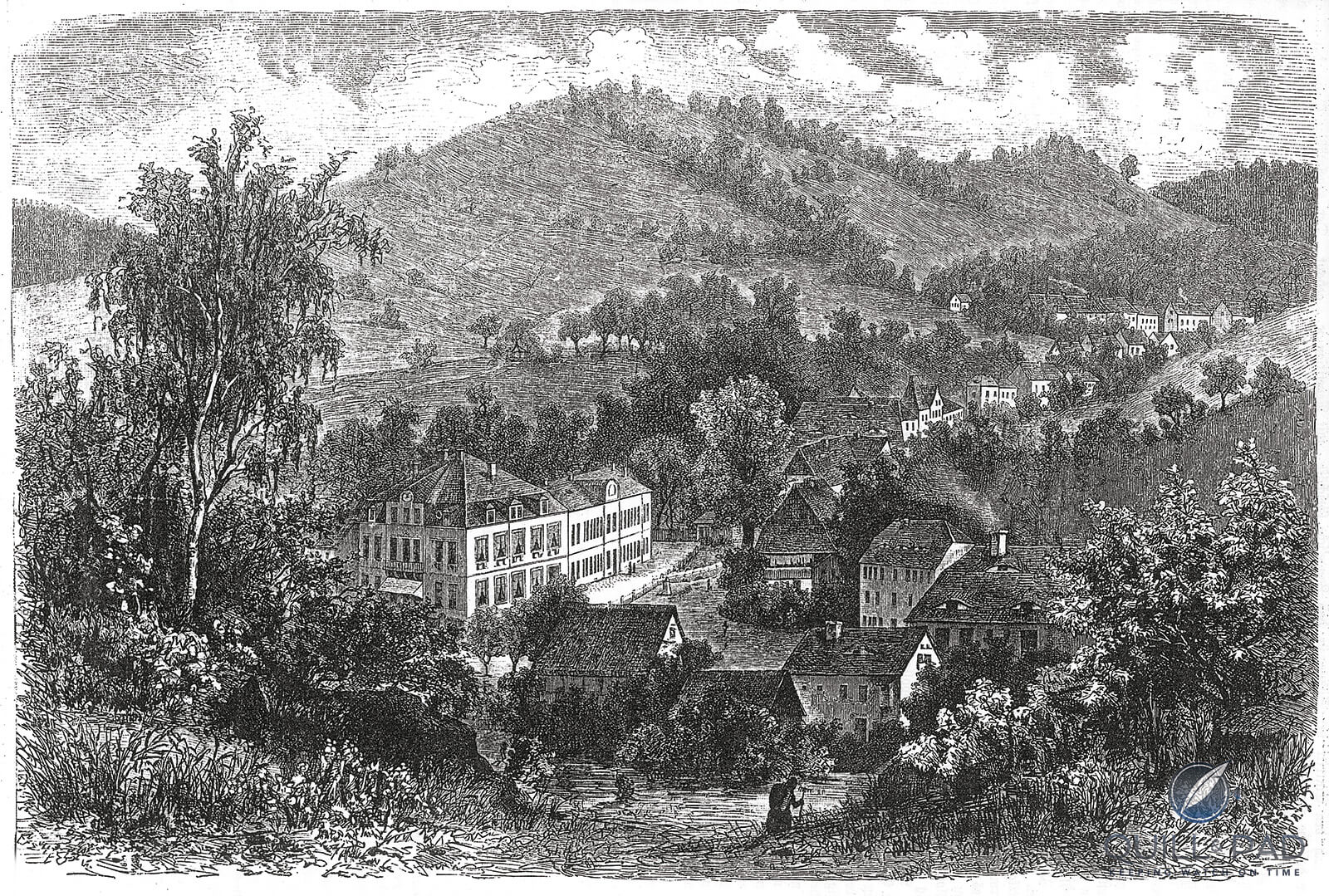
Glashütte in 1879 (photo courtesy A. Lange & Söhne)
After the fall of the Berlin Wall
“It was an equation with several unknown variables,” Walter Lange recalled of the early days of the A. Lange & Söhne watch manufactory in the modern era. “We had no watches to build, no employees, no buildings, no machines. All we had was a vision: we wanted to make the world’s finest watches again.”
If we look back through Glashütte’s evolution over the last three decades, we can confidently say that this vision has become reality. The reestablishment of Lange’s family business in the modern era, whose precision pocket watches had once been famous all over the world, became a new success story that astonished industry experts and connoisseurs alike. The name A. Lange & Söhne was and is once again at the forefront of international haute horlogerie.
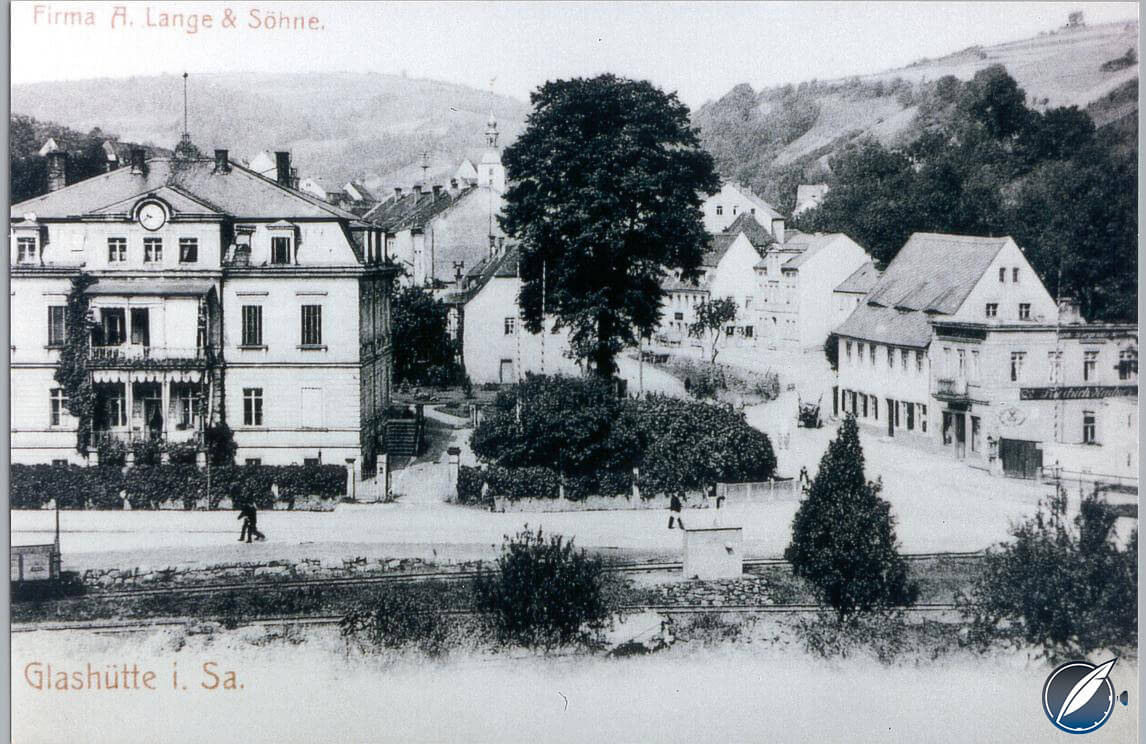
A postcard of Glashütte from 1920
Like in the golden age of the Glashütte precision pocket watch in the latter nineteenth century, the town in the eastern Ore Mountains is once again a textbook example of a thriving commercial region thanks to the unprecedented rise of A. Lange & Söhne, almost like a phoenix from the ashes. In the wake of this success, a diverse and highly vibrant watch scene has developed over the past 30 years, both in the Glashütte and other places in Germany.
However, the journey has been a difficult one. In 1989, the year the Berlin Wall fell, half of the industrial plants in former East Germany were considered obsolete. It was by no means certain how the economic landscape in the “new” German federal states would evolve after 40 years under a planned economy. Very little was left of the once proud pre-war manufacturing hub that focused on cheap mass production during its time behind the Iron Curtain.
Nonetheless, nothing could stop Walter Lange, by then already 66 years old and in well-deserved retirement, from rebuilding the family business. From the moment he had been forced to flee to the western part of Germany in 1948, he had been dreaming of returning his family’s business to its previous glory. During the divided years, he regularly traveled to his hometown to stay in touch with the people of Glashütte because their fate was important to him.
For that reason, Walter Lange did not hesitate when he sensed the opportunity for a new start only days after Germany’s reunification. On November 29, 1990, he signed a contract with VDO to set up the new Lange Uhren GmbH. Günter Blümlein, the charismatic head of IWC Schaffhausen and Jaeger-LeCoultre, which at that time also belonged to the VDO group, was appointed to assist him as co-managing director. Fortunately, Blümlein recognized the enormous potential the name stood for and shared Walter Lange’s vision.
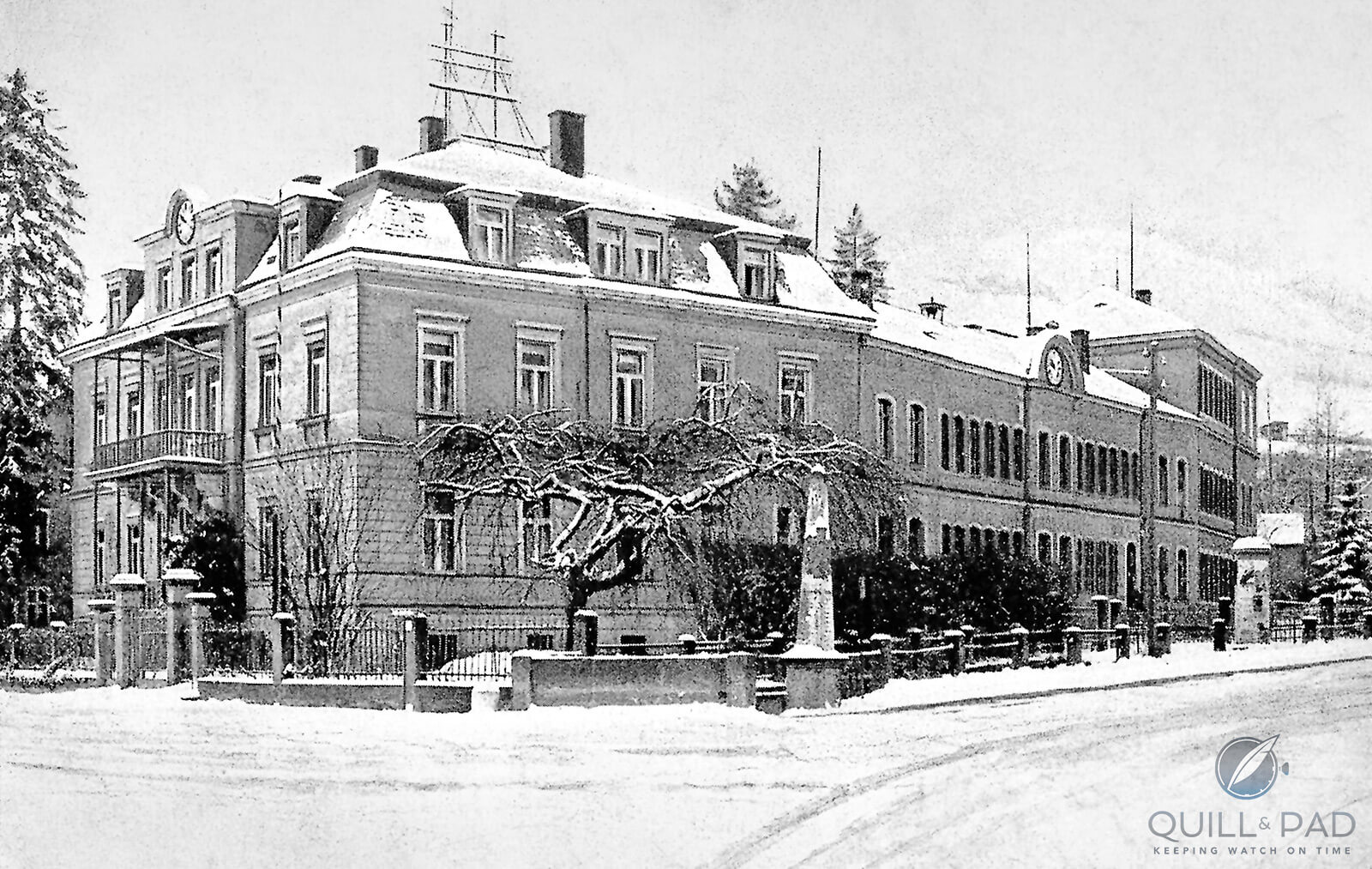
Photograph of the A. Lange & Söhne headquarters and manufacture in Glashütte from 1920
The choice for the new headquarters was the Lange family’s original home and later workshop, which was vacant at the time. However, the Treuhandanstalt was not willing to sell the building to Walter Lange. As a “prime piece” of Glashütte real estate, the authorities argued it was to be given to whoever took over the GUB (Glashütter Uhrenbetriebe, the East German combine of all watch-related companies and predecessor to Glashütte Original). They showed neither understanding nor appreciation for the historical significance inextricably linked to the address Altenberger Strasse 1.
Nevertheless, Walter Lange and Günter Blümlein instantly agreed that taking over GUB was out of the question. Walter Lange wrote in his biography that, “The rebirth of A. Lange & Söhne could not succeed with the burdens of a VEB [East German combine].” Fortunately, a brave Glashütte woman who went to school with Walter Lange provided her home address to her old playground chum so he could officially register the company on that date.
Re-establishing A. Lange & Söhne
The former family business was re-founded on December 7, 1990, a date steeped in history. Exactly 145 years earlier Ferdinand Adolph Lange had established his first watchmaking workshop, in so doing laying the cornerstone for the Saxon horological industry, which flourished just a few years later, becoming globally recognized for its excellent quality.
A lucky coincidence helped Walter Lange in registering this date: he had not considered that December 7 would be a Friday in 1990, when, in good German tradition, employees promptly leave work at noon for the weekend. And the courier to whom he had given the documents drove to the wrong district court.
Time became tight. With an hour’s delay, the courier arrived at his destination and as feared stood in front of closed doors. Fortunately, a well-meaning housekeeper opened the door and led him to an administrative clerk who was still at work and kindly stamped the documents with the desired date: December 7, 1990.
The stage was now set for the rebirth of the A. Lange & Söhne legend. The first generation of employees worked on a rented floor of the former Strasser & Rohde building. On June 26, 1992, this property, which was affectionately called “Lange One,” was taken over by the fledgling company and quickly expanded into a refined production site so that once again sophisticated timepieces in the style of the old Lange pocket watches could be created in Glashütte.
Elsewhere in the town, however, the atmosphere town was dire. One wave of layoffs followed another, and many people were on reduced working hours. Walter Lange’s ambitious goal of producing manufacture watches in the top price range with the highest standards of quality, precision, and craftsmanship still seemed doubtful to most of Glashütte’s population.
Successful launch of the first timepieces
On October 24, 1994, the first models were presented to the public. With the Lange 1, whose harmonious, off-center dial with large date taking center stage soon became the face of modern A. Lange & Söhne, the company had a successful new start, exceeding all expectations.
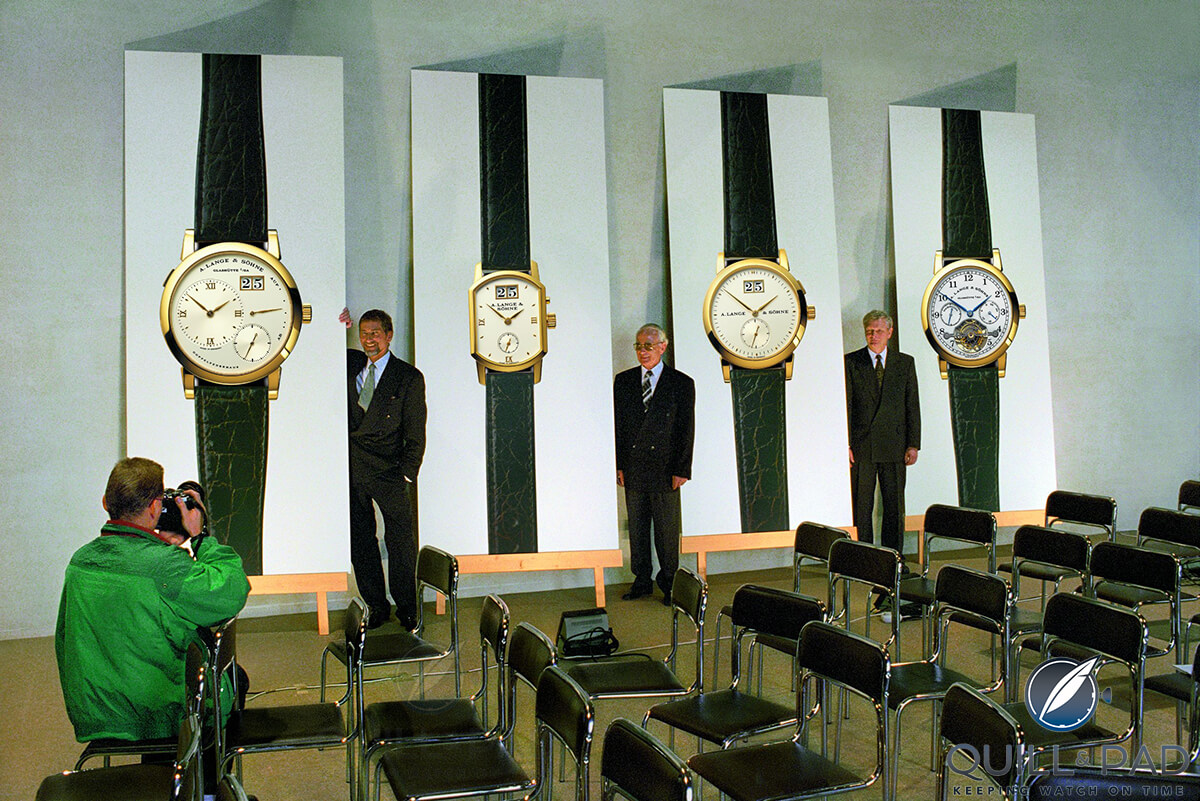
Günter Blümlein, Walter Lange, and Hartmut Knothe under posters of the first four models launched by A. Lange & Söhne on October 24, 1994
Three other timepieces – the Arkade, the Saxonia, and the Tourbillon Pour le Mérite – were also part of the new generation. The tourbillon, with its rare chain-and-fusée transmission, instantly secured A. Lange & Söhne a firm place in the upper echelons of haute horlogerie.
A double-page advertisement that was published in the Frankfurter Allgemeine Zeitung daily newspaper the next day proudly announced: “October 25, 1994. The economy in eastern Germany suddenly begins to tick quite differently: A. Lange & Söhne returns – the legend has become a watch again.” Its images showed the large date fittingly set to the 25th.
Despite all political and economic obstacles, Walter Lange’s lifelong dream had come true. However, one painful element remained: the historic headquarters remained out of reach.

Walter Lange receiving a symbolic key to the historic headquarters from then mayor of Glashütte, Frank Reichel
The famous building that had once graced the postcards of the Saxon town had served as a symbol of precision watchmaking. Although it had been partially destroyed during the bombing of Glashütte in the final days of the World War II, to Walter Lange it was his family’s home, filled with memories. Until he fled to the west in 1948, he had lived in this house with his parents, uncles, and aunts.
Even his great-grandfather, Ferdinand Adolph Lange, who had it built in the early 1870s, had resided there for a short time. Like many successful firms of the Gründerzeit era, the prestigious estate included the home in which the family lived and state-of-the-art workshops. The spacious building compound, which was inaugurated in 1873, stretched over three floors. Its light façade had enormous windows to ensure that the maximum amount of daylight could enter, a major asset for the delicate work of watchmakers.
For his new Stammhaus, Ferdinand Adolph Lange envisioned an impressive project that was dear to his heart: a very precise pendulum clock with a massive, nine-meter-long pendulum, the longest and heaviest of its time. He wanted to prove that the length of a pendulum and its weight significantly impacted accuracy.
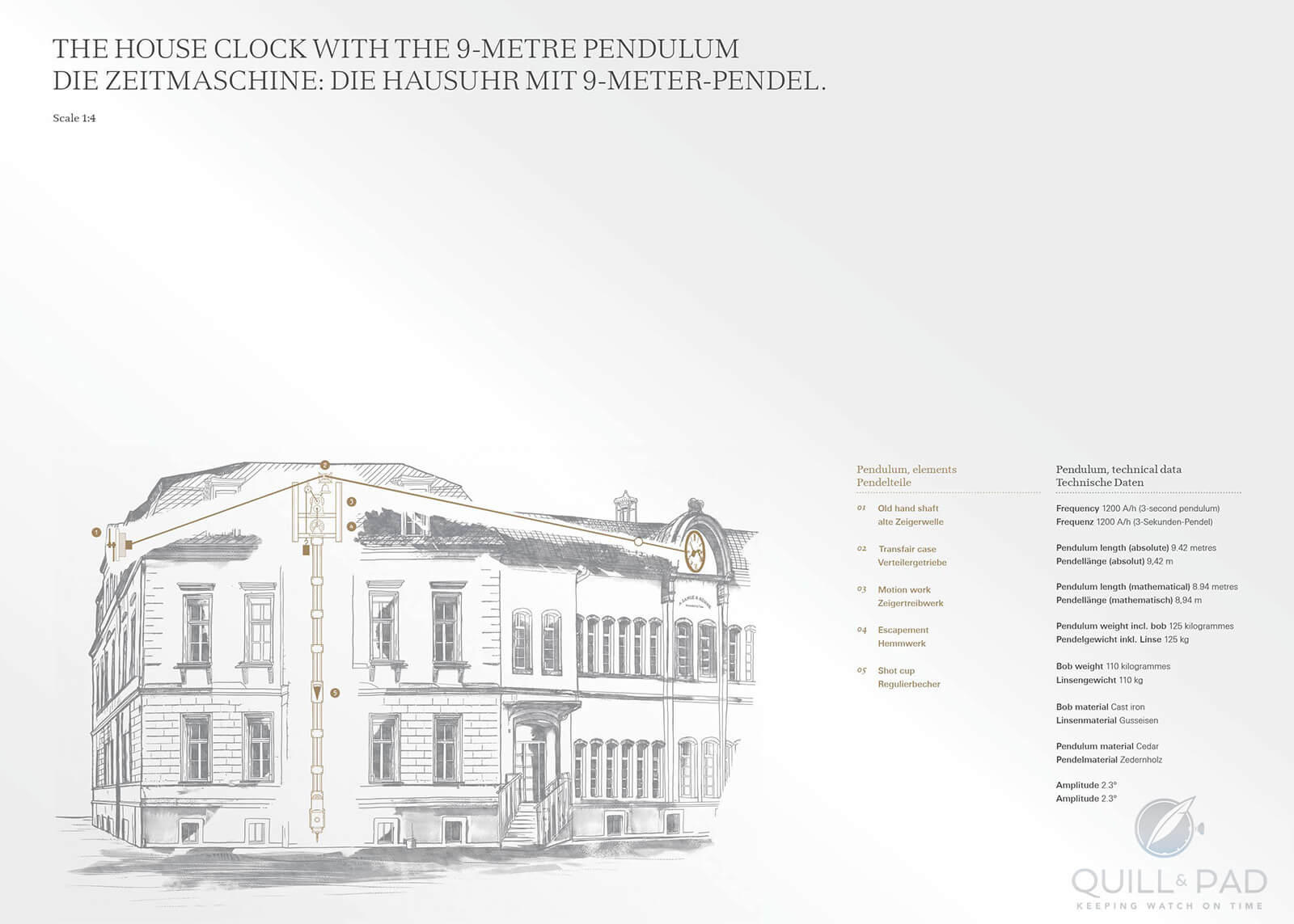
Details of the nine-meter pendulum clock in A. Lange & Söhne’s Stammhaus in Glashütte
The pendulum shaft was included from the very beginning and stretched from the roof downward. The family was very proud of this huge timepiece that showed the minutes and seconds on two large dials on the Stammhaus roof. The massive solid cast iron and zinc oscillating mass alone weighed 125 kilograms.
The design was a real engineering masterpiece. The house clock, as Richard Lange later wrote, ” . . . in summer and winter, at all temperatures, showed an outstandingly steady rate.” Generations of Glashütte’s inhabitants read the time from this clock, listened to its chimes on the hour and quarter hour, and set their pocket and wristwatches according to its display.
Unfortunately, the house clock was his last stroke of genius: at the age of only 60, Ferdinand Adolph Lange passed away unexpectedly on December 3, 1875. His sons Richard and Emil, both of whom had been in the company for several years, continued his life’s work.
During the following years, the demand for Lange precision pocket watches continued to grow. They were used in science, research, and medicine. Many people considered them to be the best of their time. Observation watches and marine chronometers were also manufactured for the German navy so that an expansion of the production facilities became necessary. In 1898, the factory building, which was supplied with electricity by a generator driven by the Mühlbach river since 1896, was expanded to include an annex with modern central heating.
When the socialist regime expropriated the family after World War II, the last chapter of the Lange dynasty for the time being came to an end. Production in the East German era was geared to quantity over quality, and the company, once synonymous with precision timekeeping, fell into a deep slumber until Walter Lange returned to Glashütte with a fire in his heart four decades later.
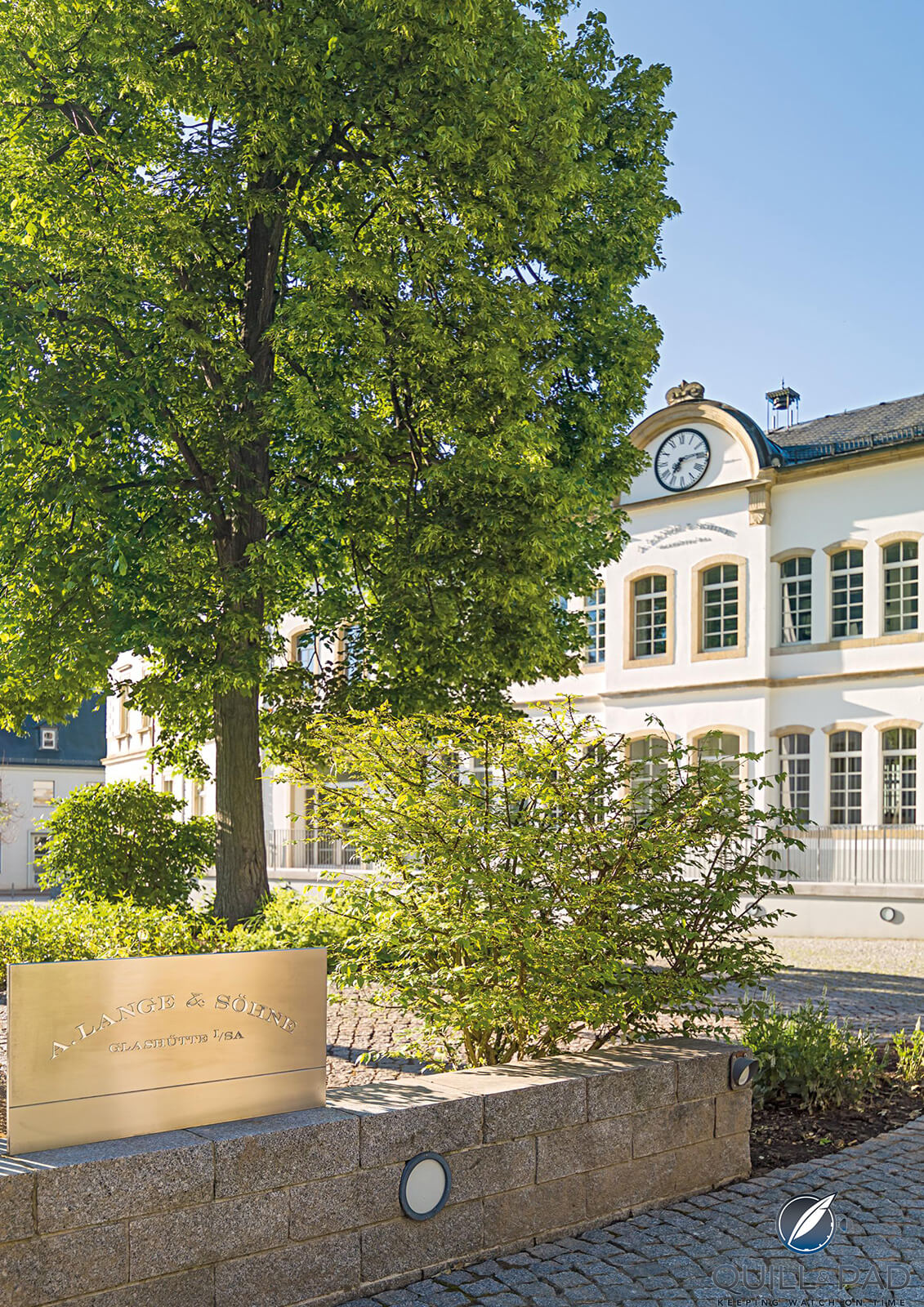
A. Lange & Söhne historic headquarters in Glashütte
Homecoming after half a century
There is a German saying: “If it takes long enough, it will be all right in the end.”
After more than 50 years, the building was finally acquired in April 2000. The Richemont Group invested heavily to transform it into a state-of-the-art production facility and headquarters with a beautiful showroom. There was only one possible day for the ceremonial inauguration: December 7, 2001, a date deeply rooted in the brand’s history.
A. Lange & Söhne was finally back home where the legend of the Glashütte precision watch had once begun.
For more information, please visit alange-soehne.com.
*This story was first posted on December 7, 2021 at Why December 7 Plays A Vital Role In A. Lange & Söhne’s History.
You may also enjoy:
175 Years Of Watchmaking In Glashütte: A History Of Fine German Watchmaking.
The Life And Times Of A. Lange & Söhne Re-Founder Walter Lange
New A. Lange & Söhne Zeitwerk Lumen Honeygold, Plus Why October 24/25 Is So Significant To Lange







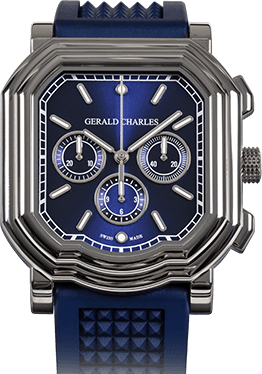
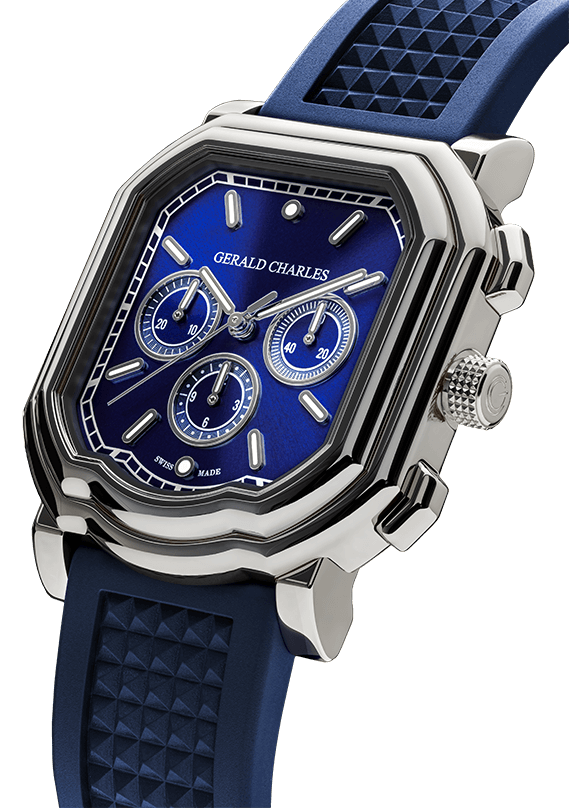




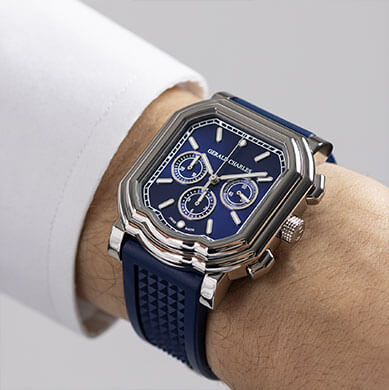



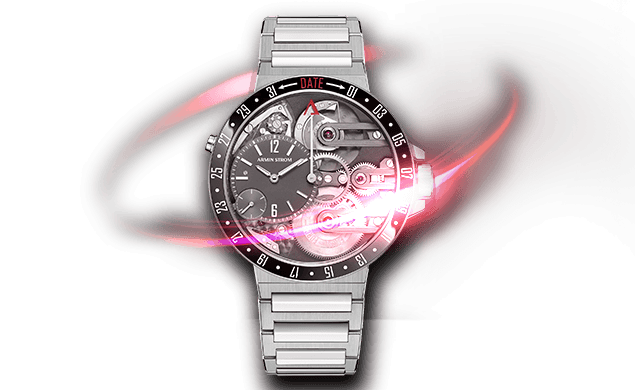
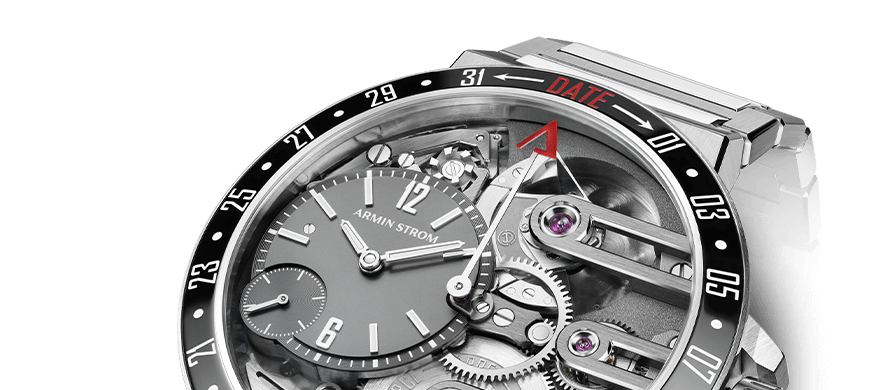
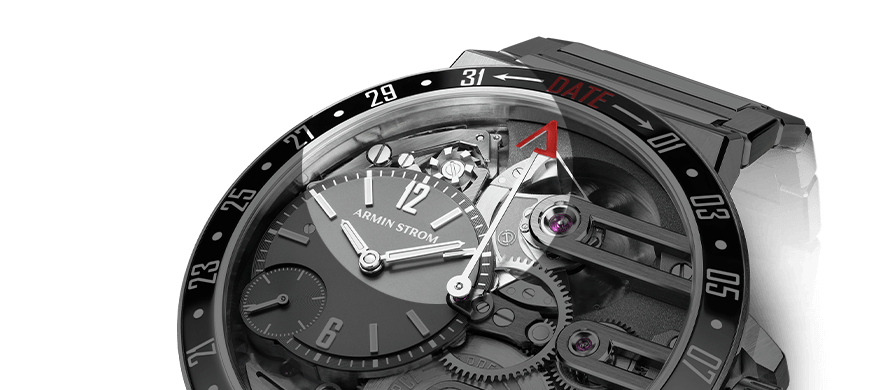


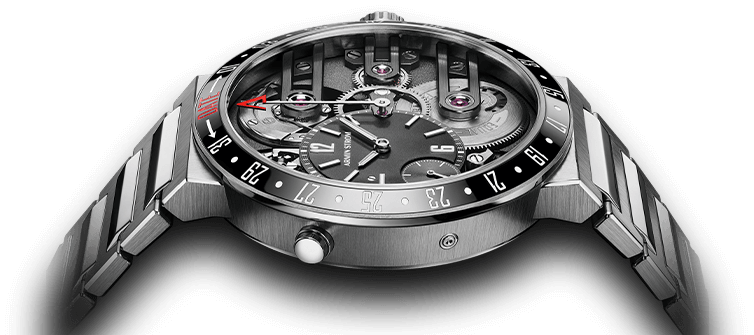
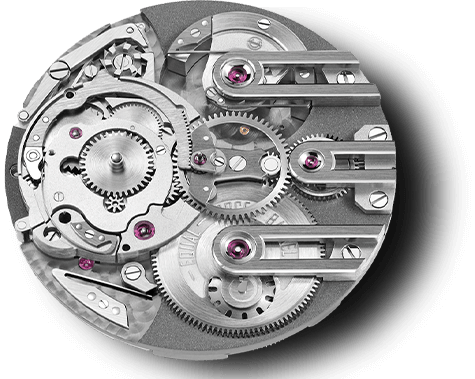





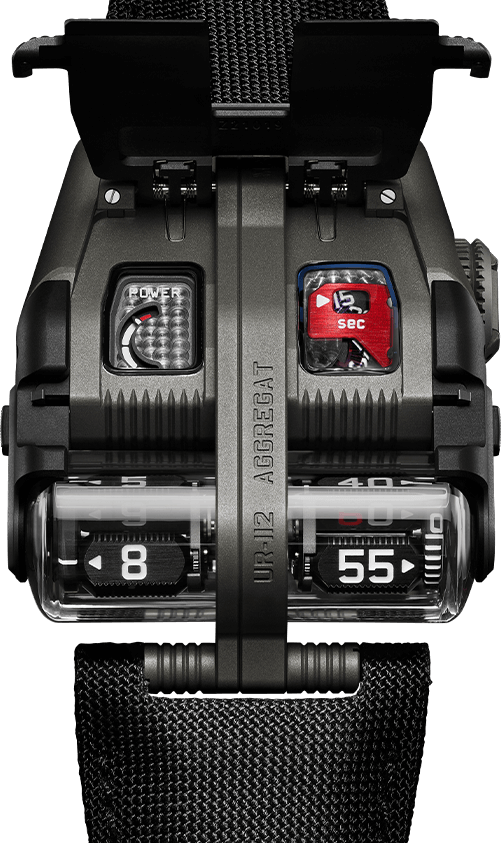

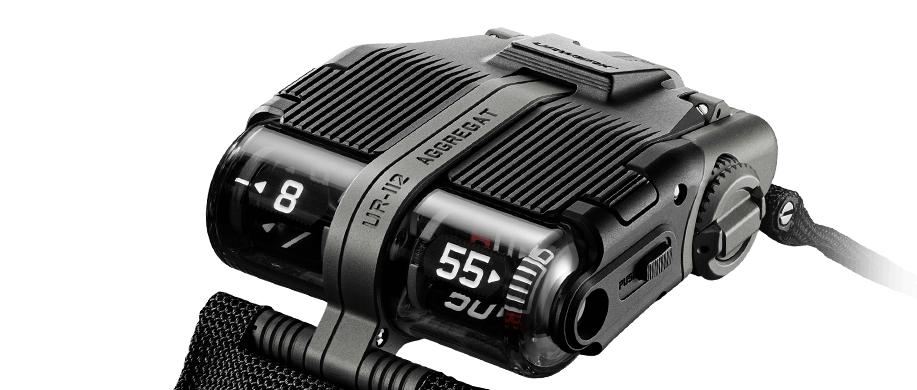
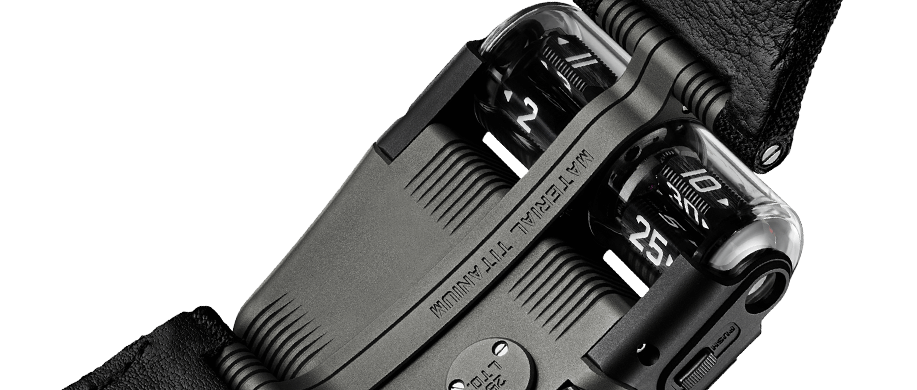
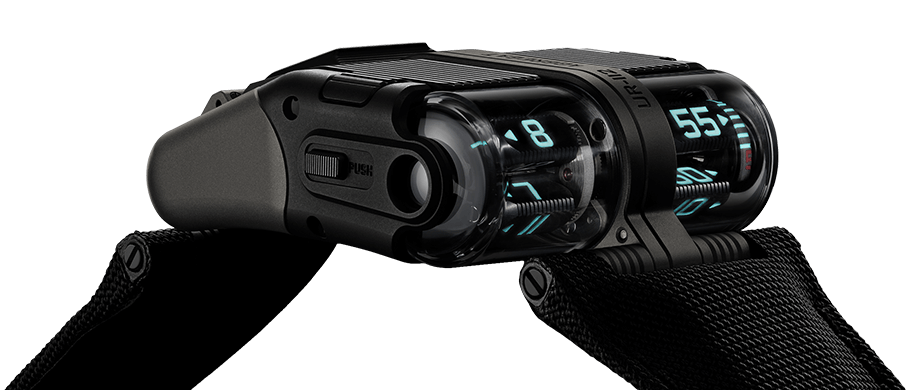


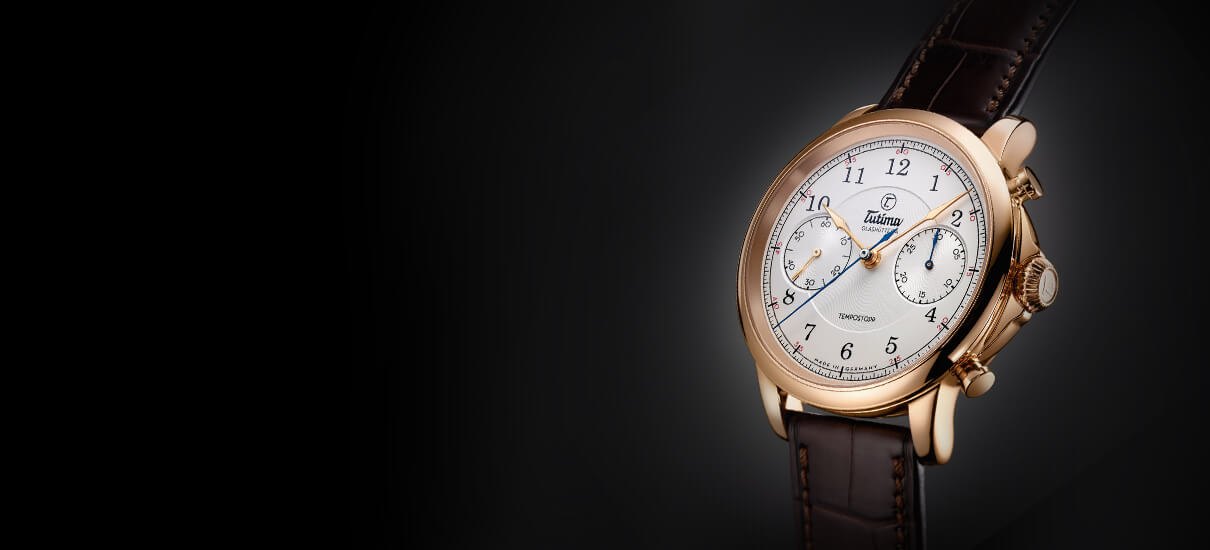

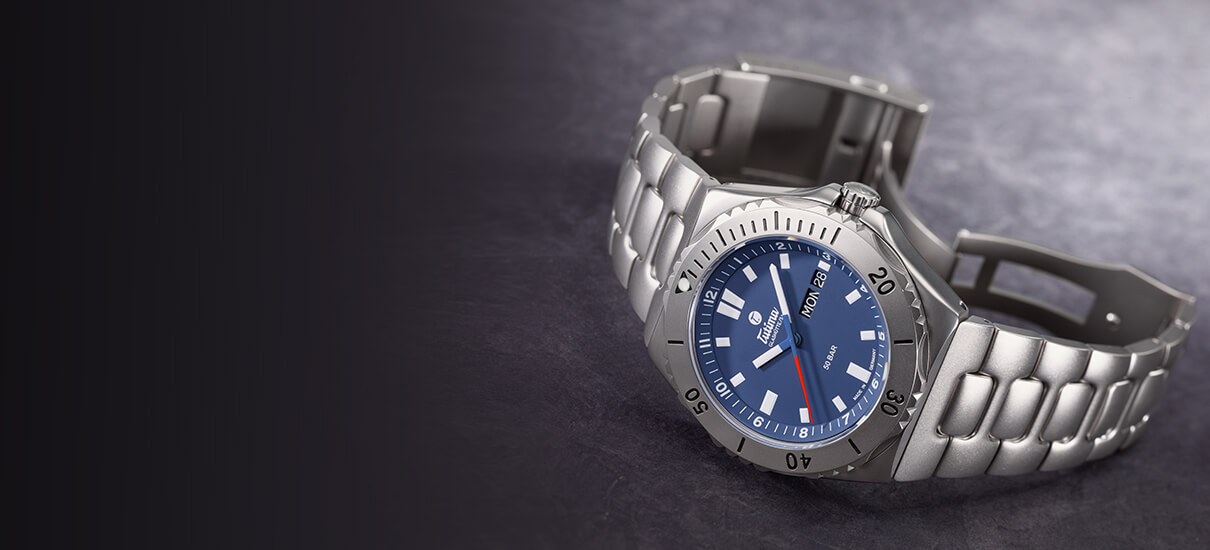

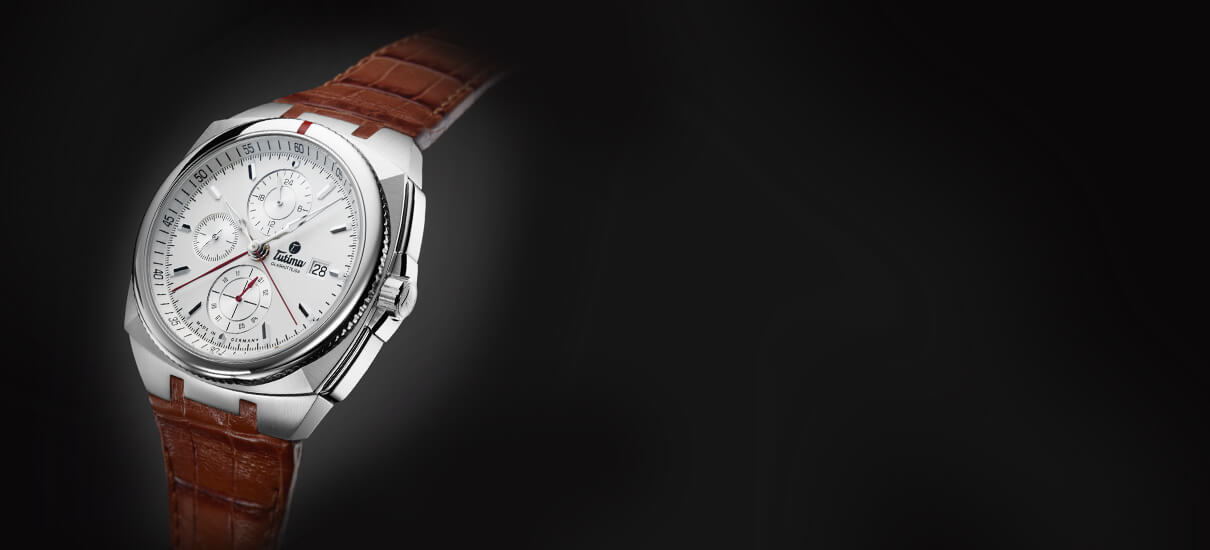

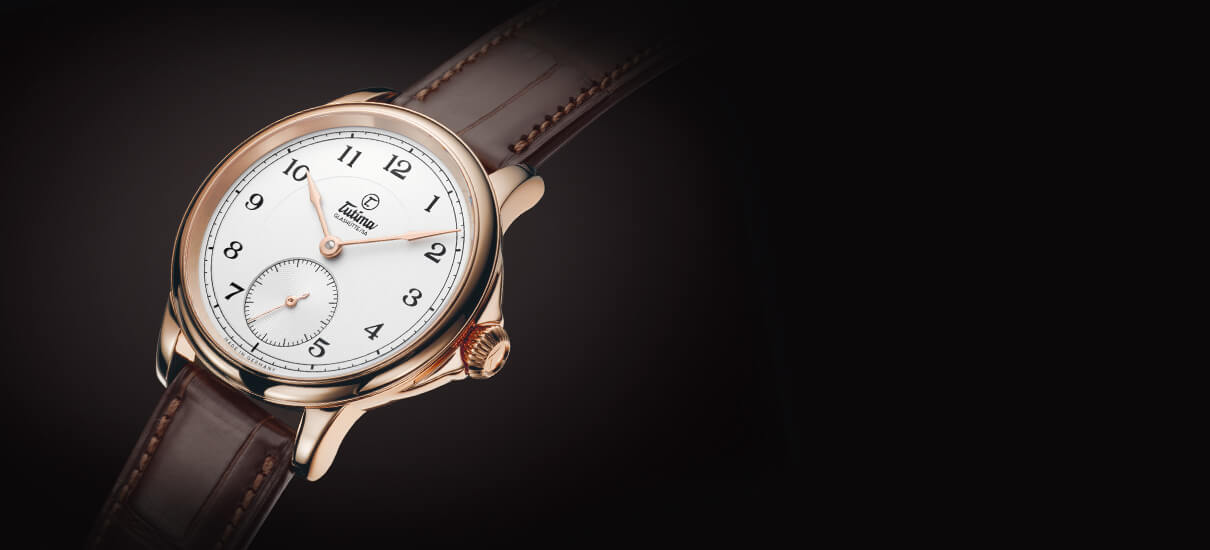

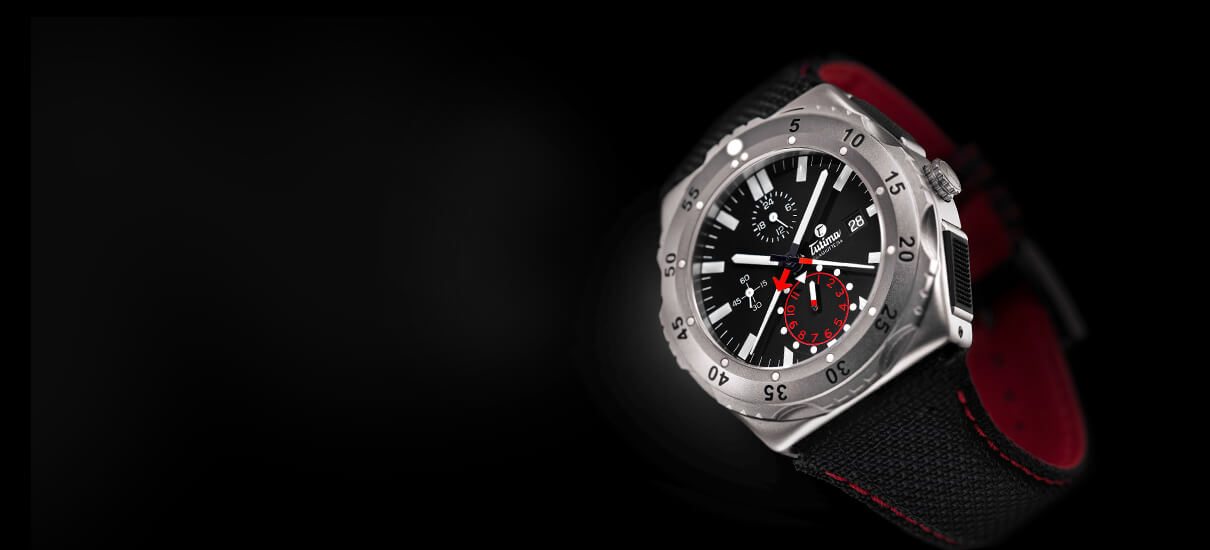

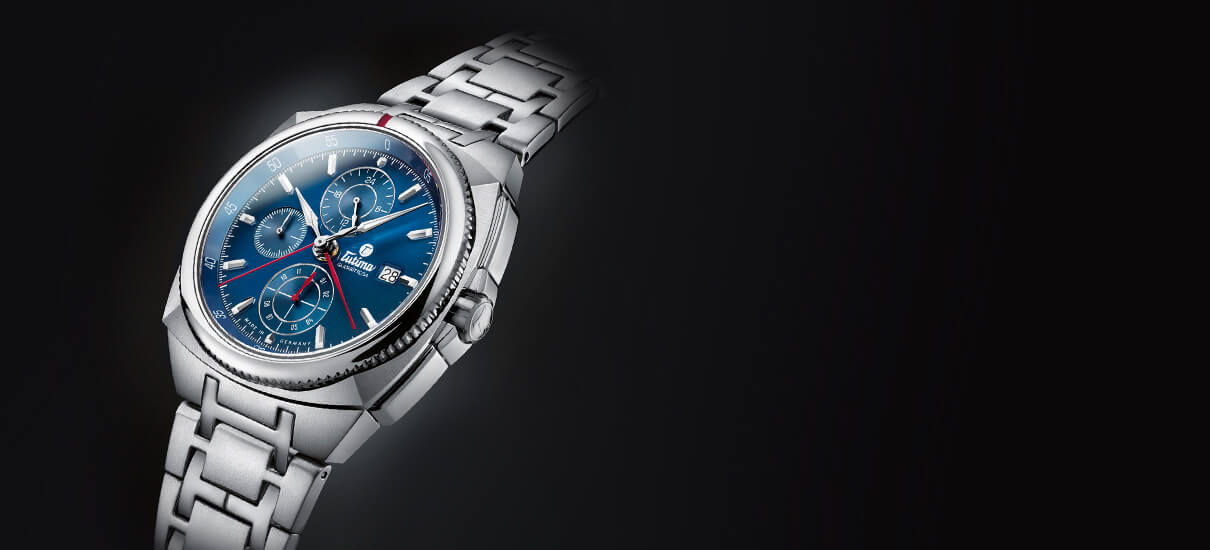

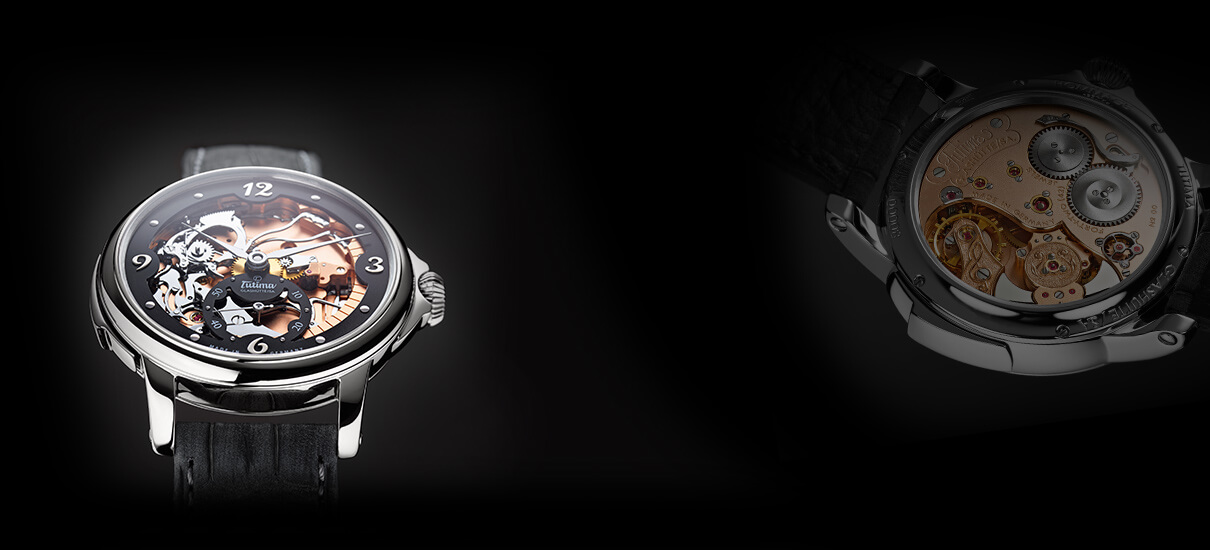



Leave a Reply
Want to join the discussion?Feel free to contribute!